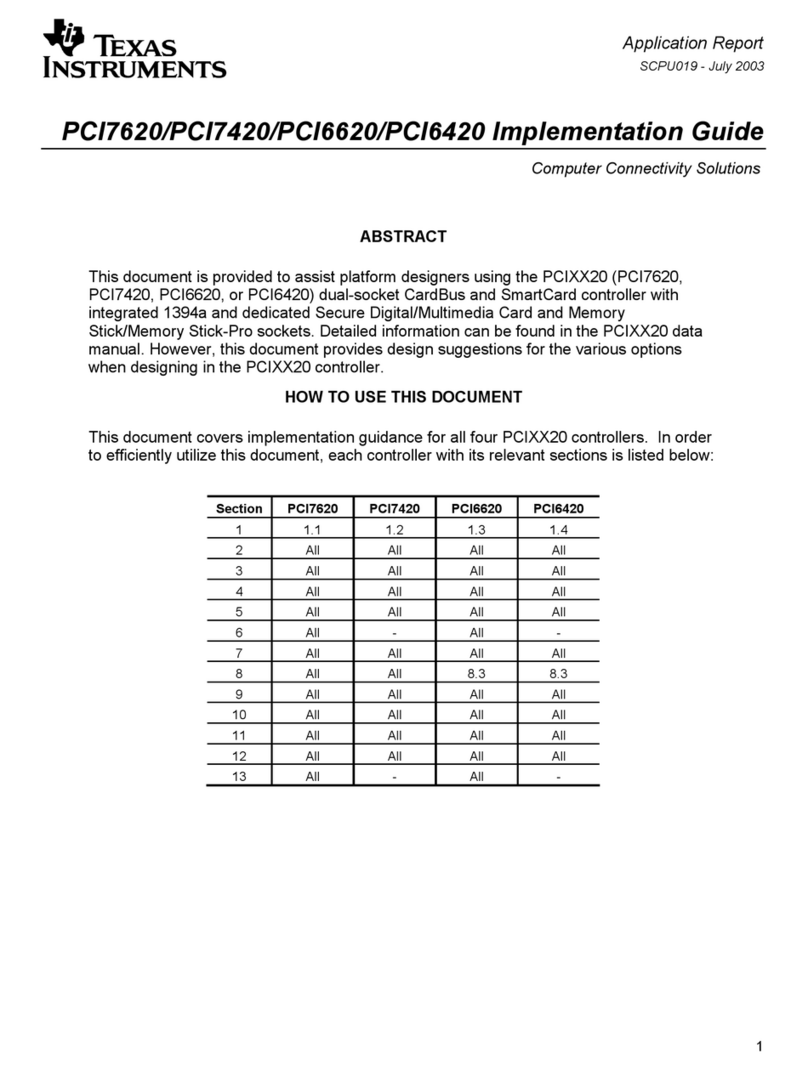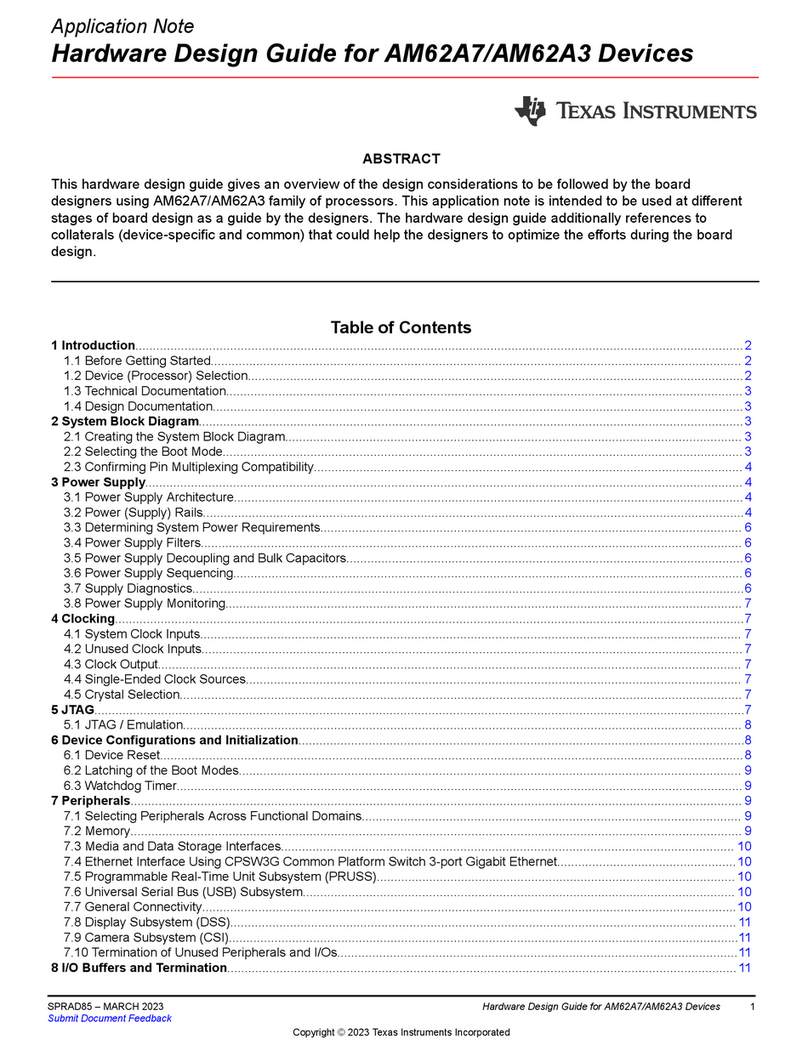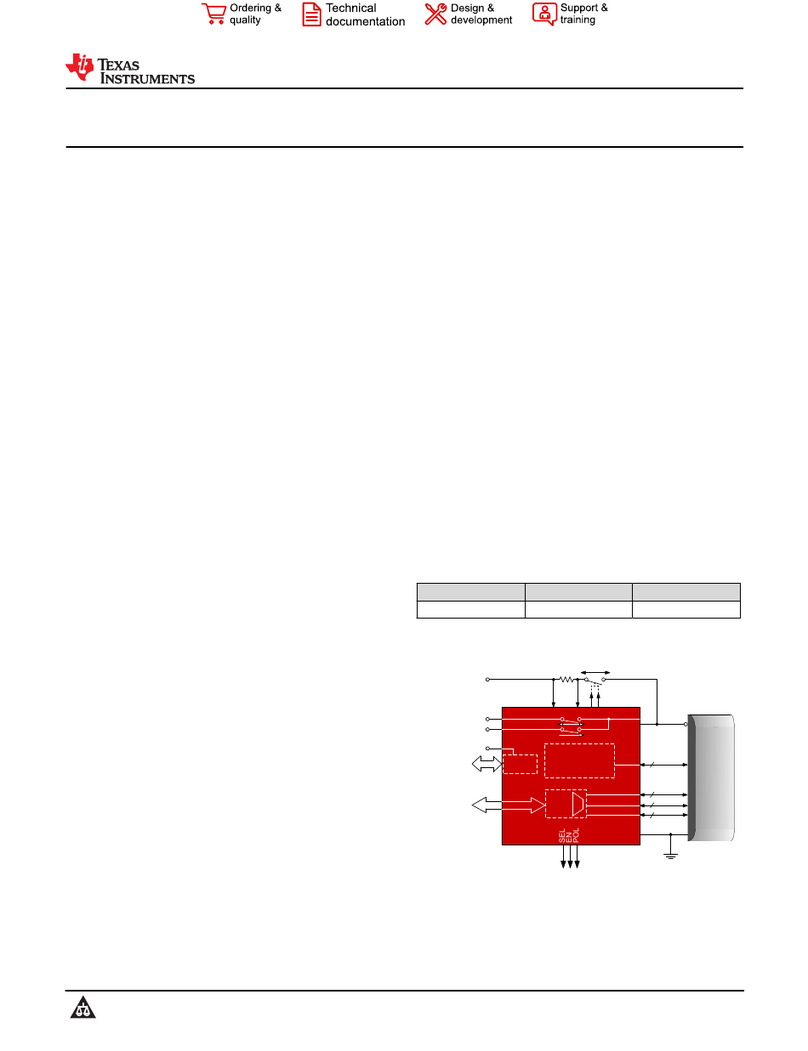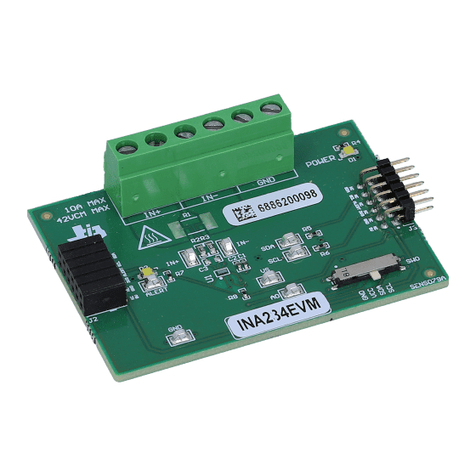Texas Instruments TMS320C6000 DSP User manual
Other Texas Instruments Computer Hardware manuals
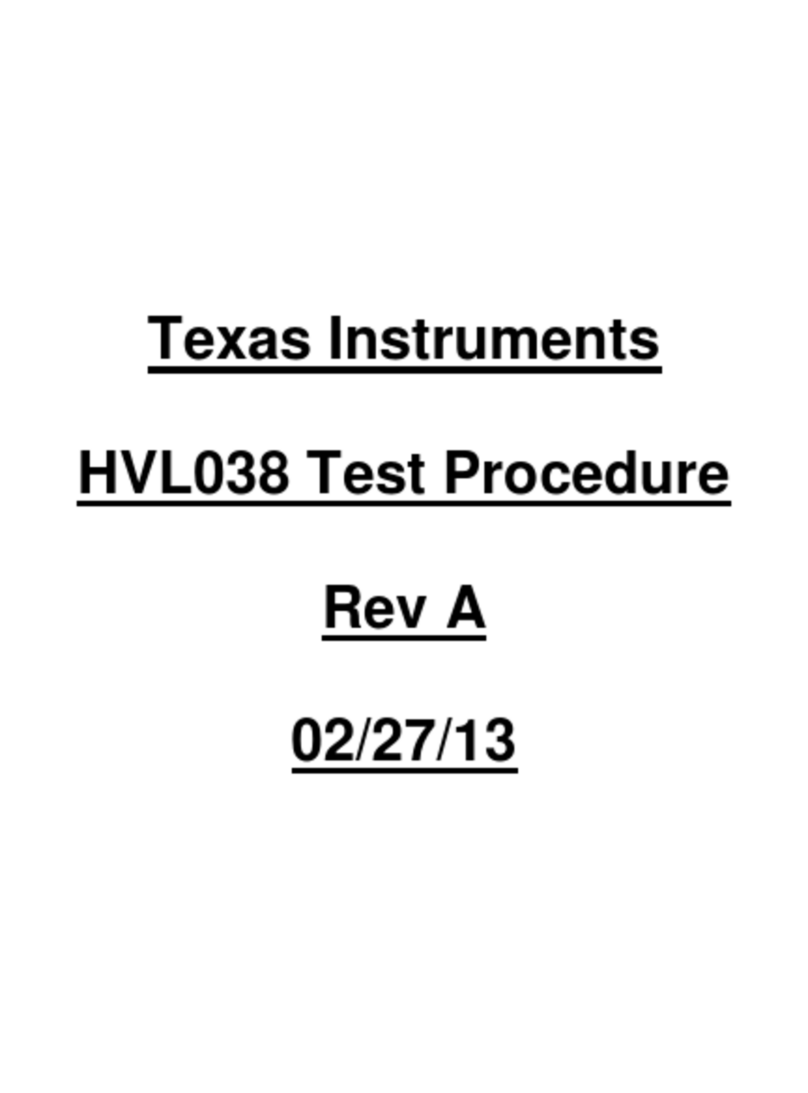
Texas Instruments
Texas Instruments HVL038 User manual
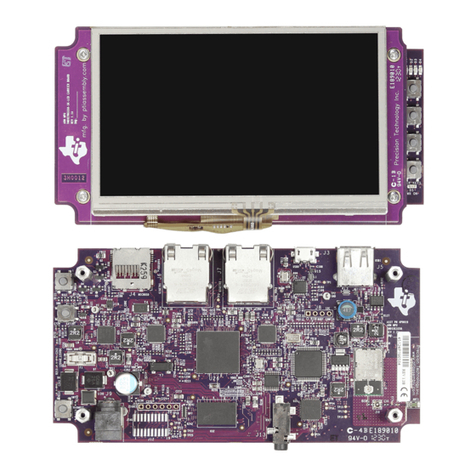
Texas Instruments
Texas Instruments Sitara AM335x User manual

Texas Instruments
Texas Instruments EZShunt INA740 User manual
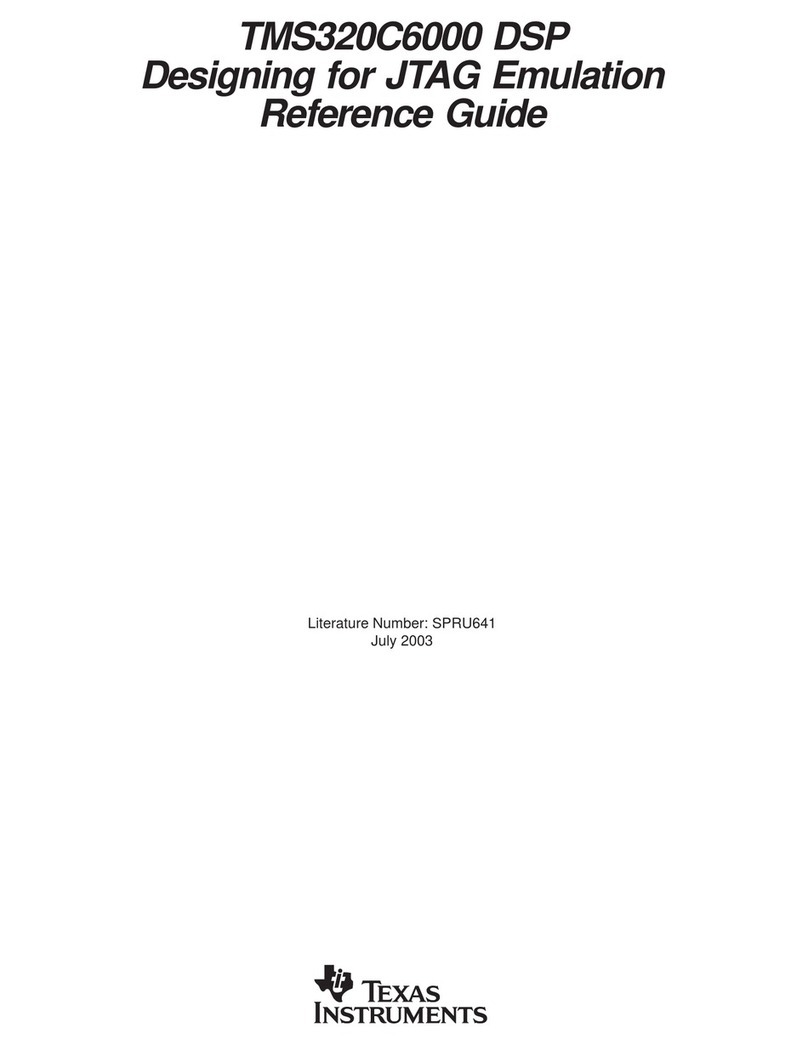
Texas Instruments
Texas Instruments TMS320C6000 DSP User manual
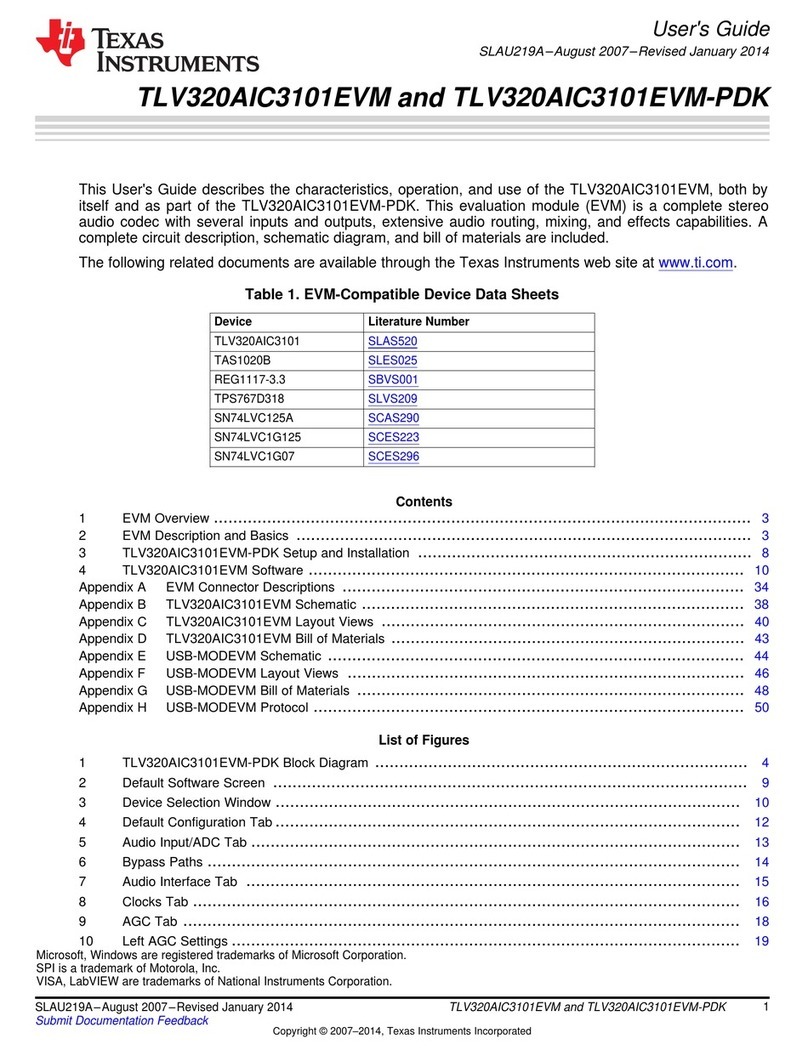
Texas Instruments
Texas Instruments TLV320AIC3101EVM User manual
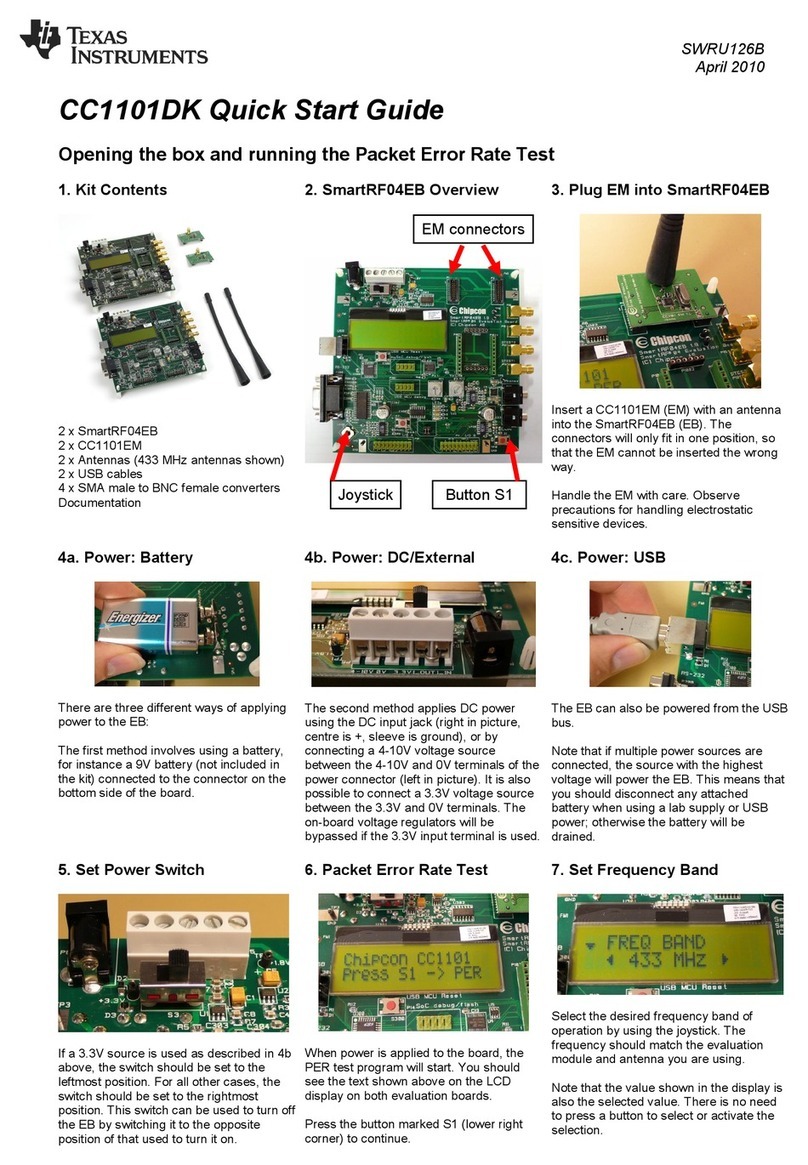
Texas Instruments
Texas Instruments CC1101DK User manual
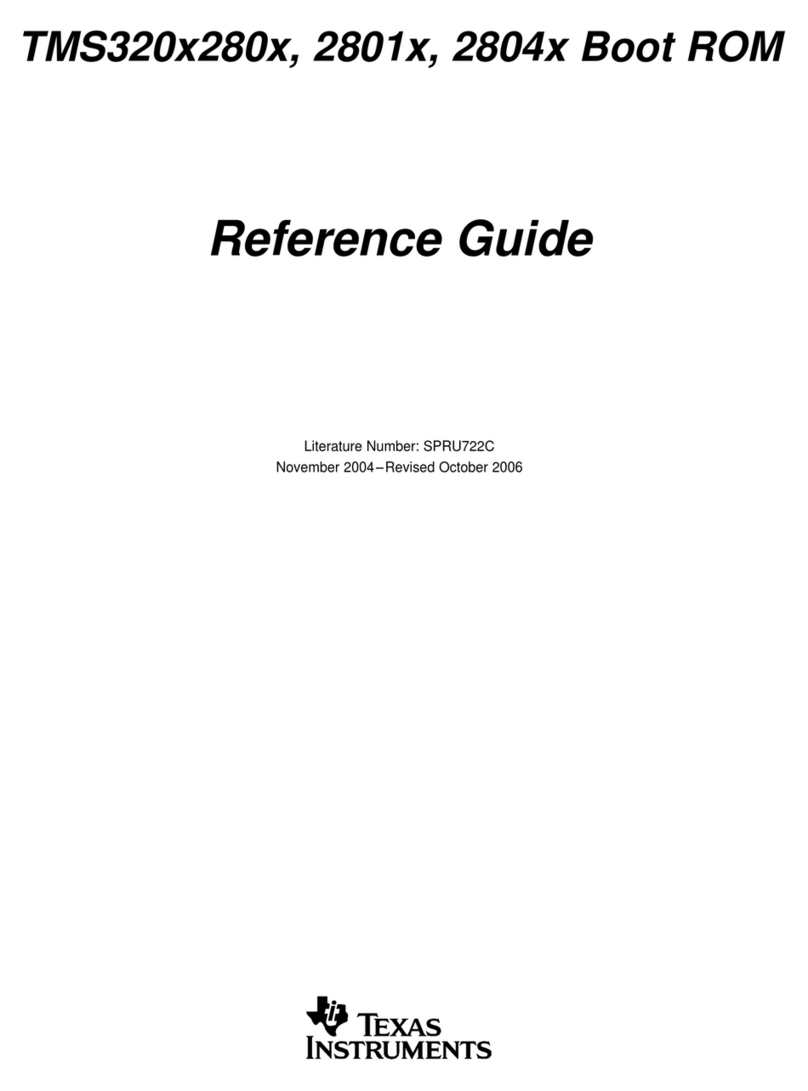
Texas Instruments
Texas Instruments TMS320*2801 Series User manual
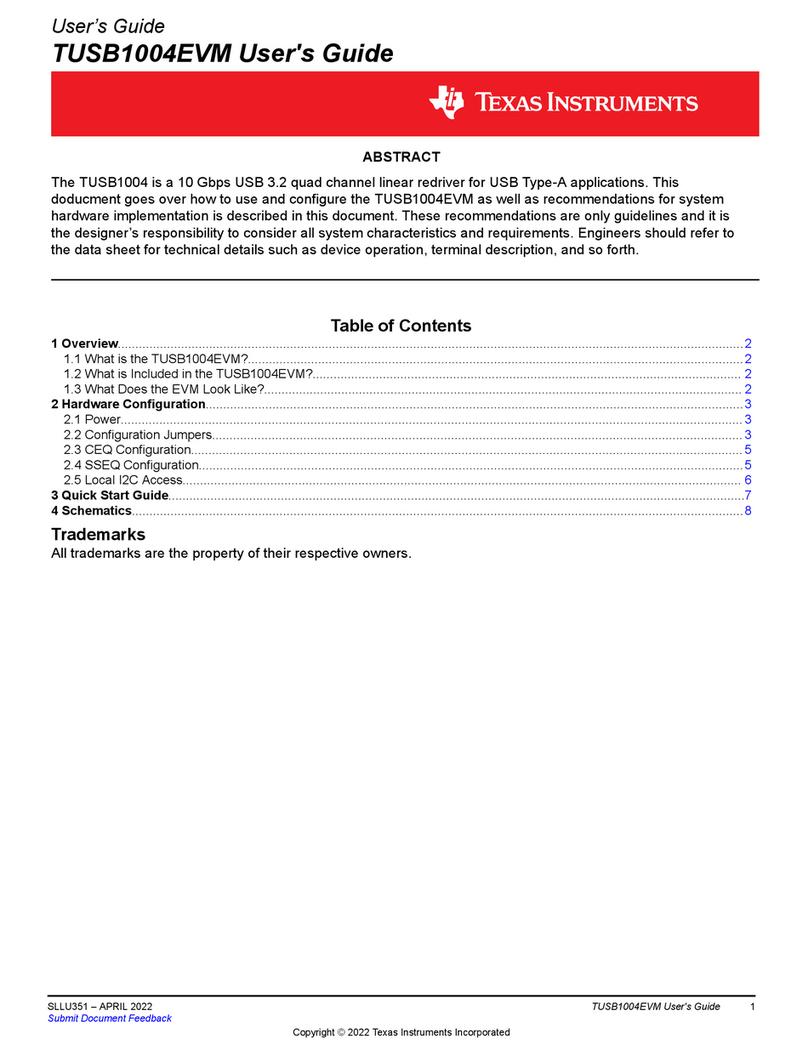
Texas Instruments
Texas Instruments TUSB1004EVM User manual
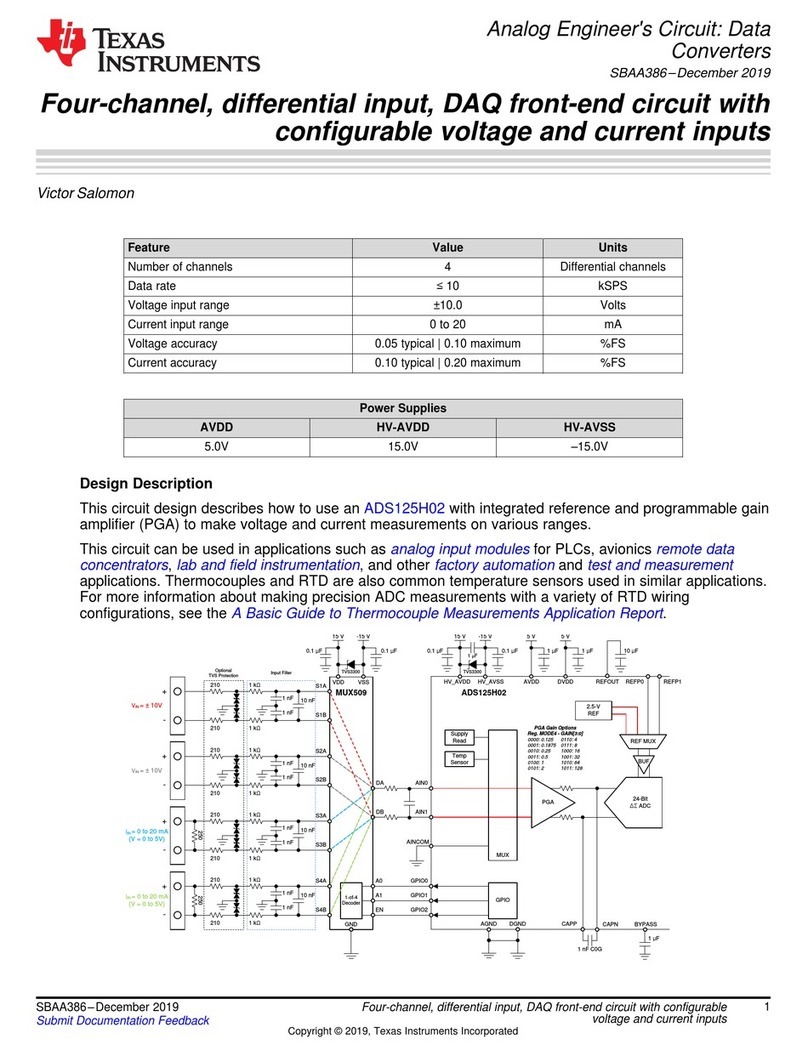
Texas Instruments
Texas Instruments ADS125H02 User manual
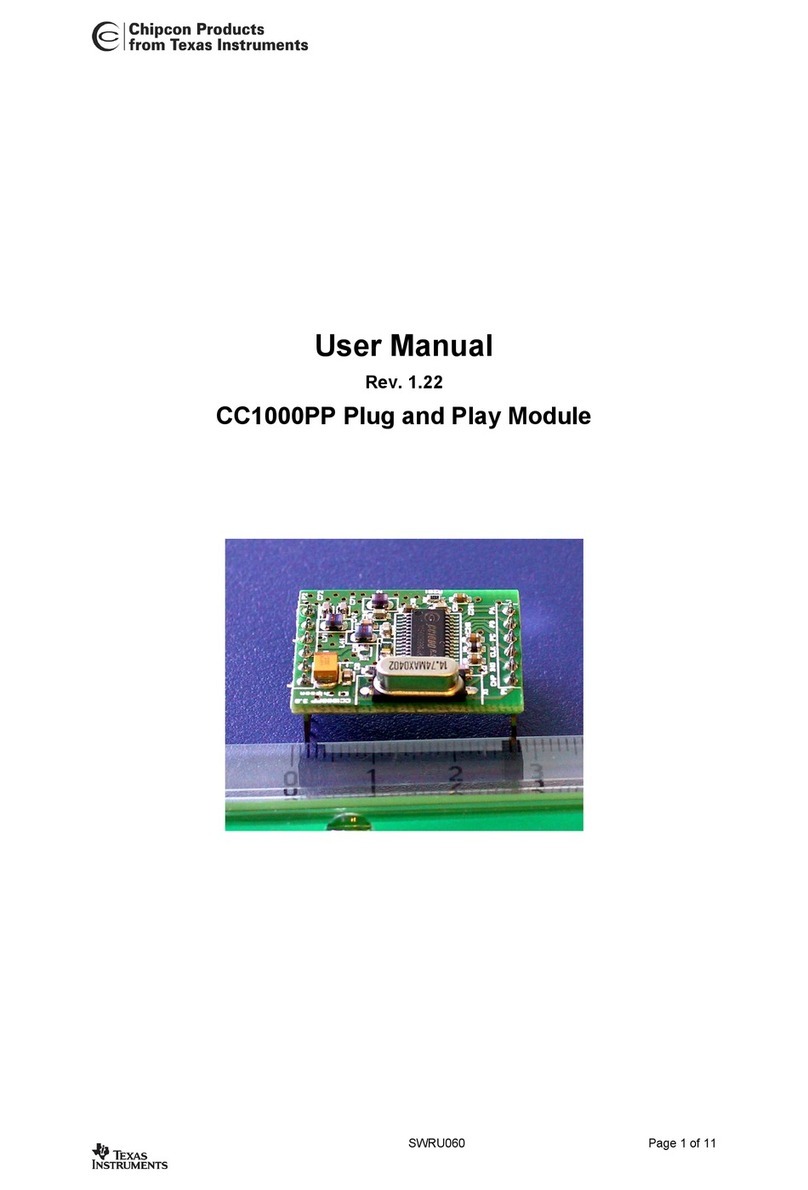
Texas Instruments
Texas Instruments CC1000PP User manual
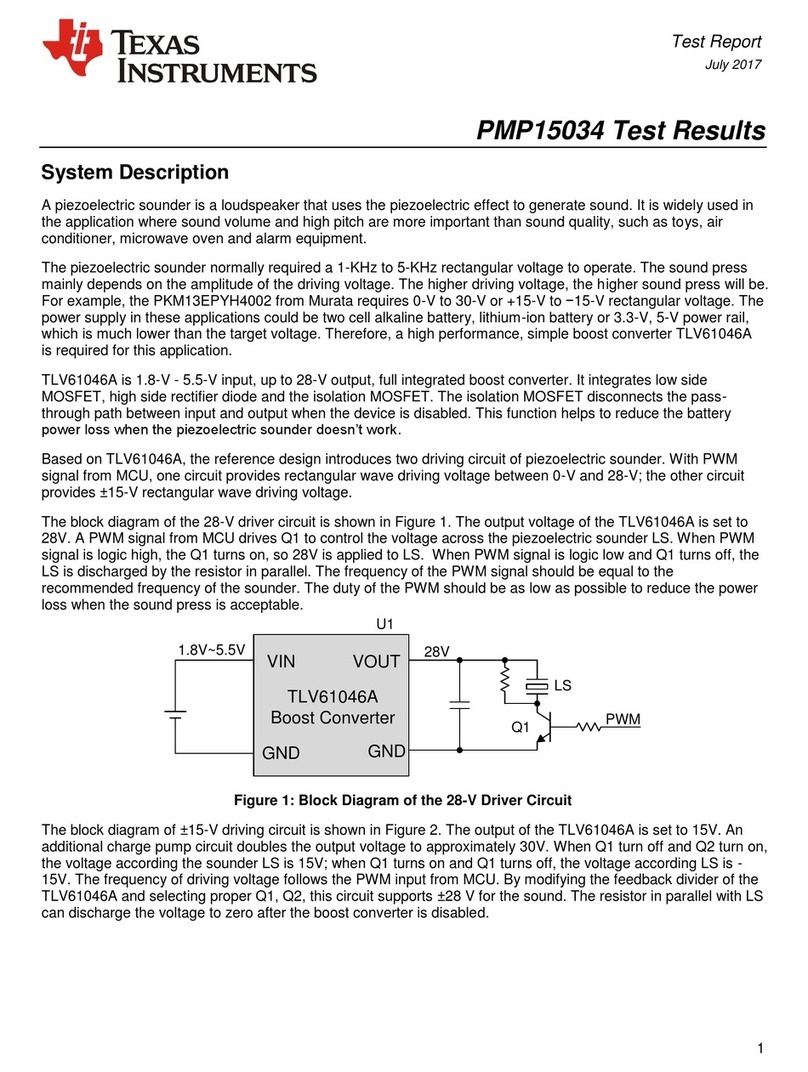
Texas Instruments
Texas Instruments PMP15034 User manual

Texas Instruments
Texas Instruments TMS34010 User manual
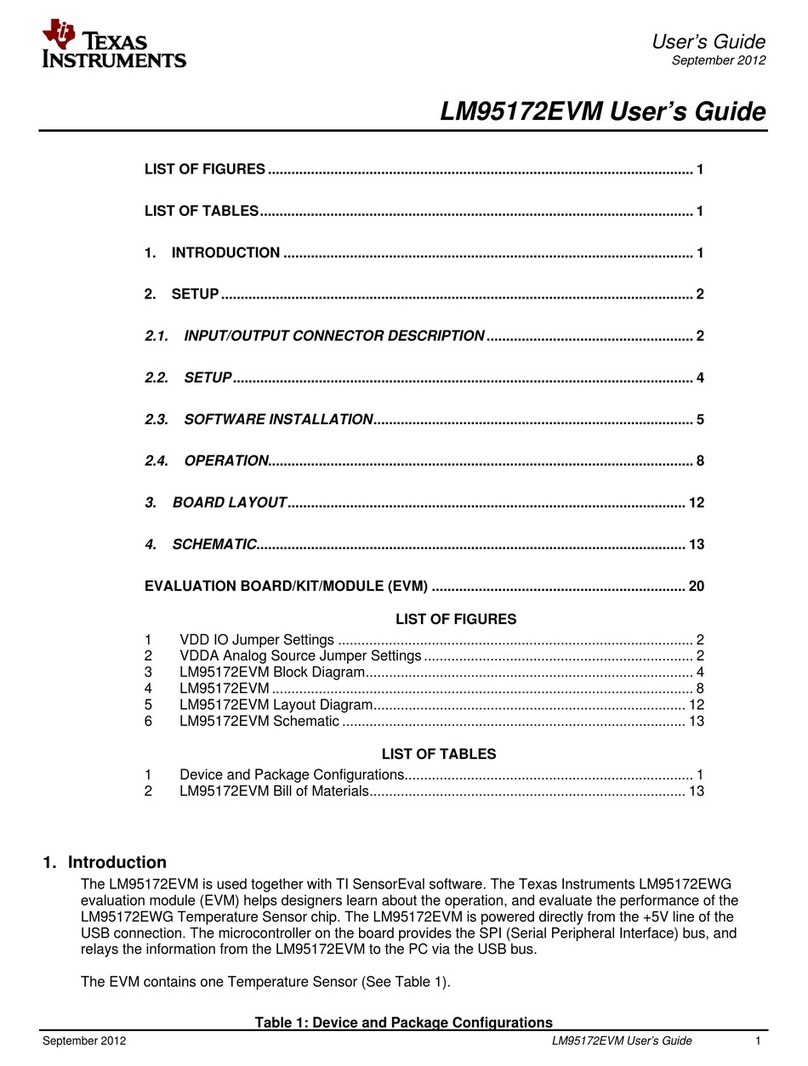
Texas Instruments
Texas Instruments LM95172EVM User manual

Texas Instruments
Texas Instruments TMS320F2837 D Series User manual
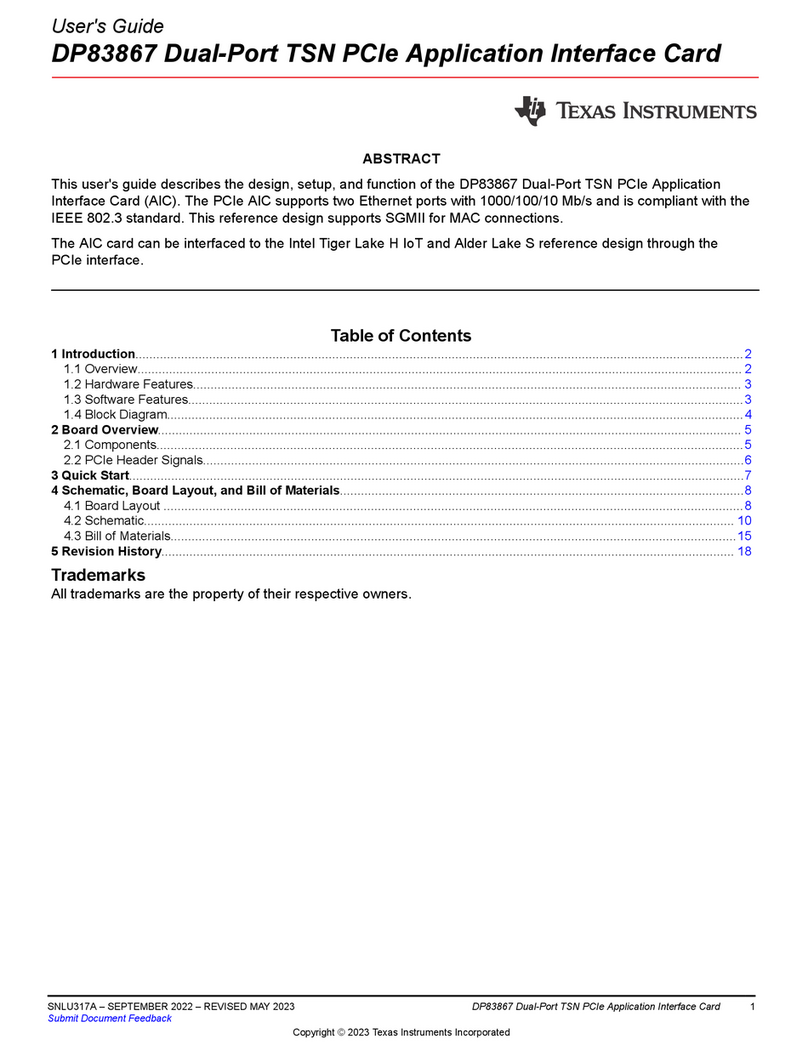
Texas Instruments
Texas Instruments DP83867E User manual
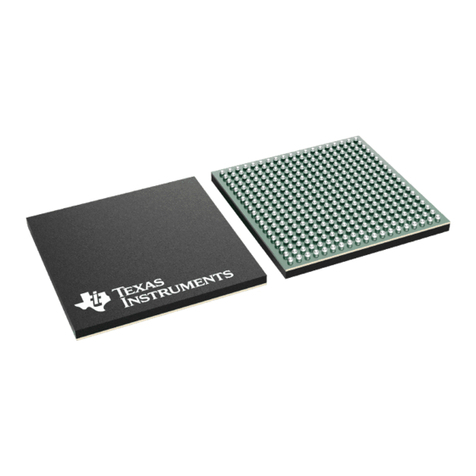
Texas Instruments
Texas Instruments AM1808 Product manual

Texas Instruments
Texas Instruments UCC217 QDWEVM-054 Series User manual
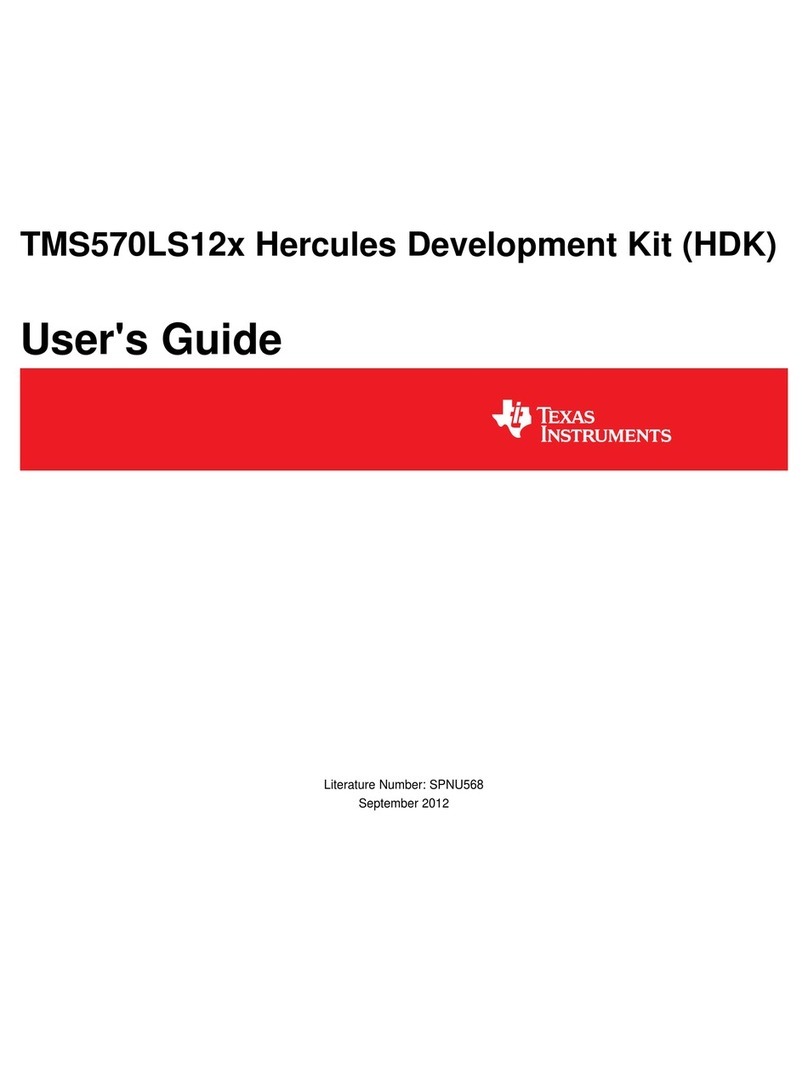
Texas Instruments
Texas Instruments Hercules TMS570LS12 Series User manual
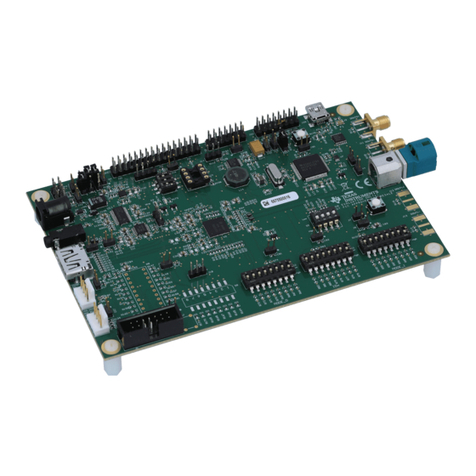
Texas Instruments
Texas Instruments DS90Ux929-Q1EVM User manual
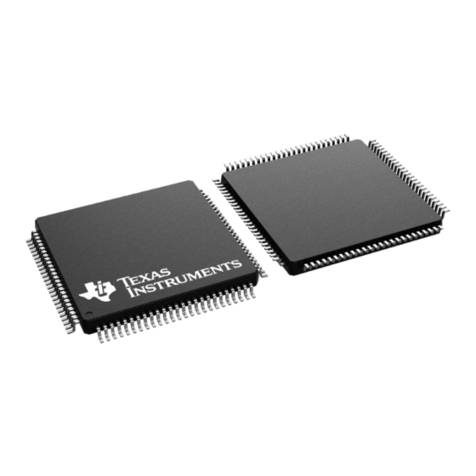
Texas Instruments
Texas Instruments TMS320F280 Series User manual
Popular Computer Hardware manuals by other brands

Krüger & Matz
Krüger & Matz Air Shair2 owner's manual

Crystalio
Crystalio VPS-2300 quick guide

MYiR
MYiR FZ3 user manual

Protech Systems
Protech Systems BC-K200 Quick reference guide

Miranda
Miranda DENSITE series DAP-1781 Guide to installation and operation

Sierra Wireless
Sierra Wireless Sierra Wireless AirCard 890 quick start guide
